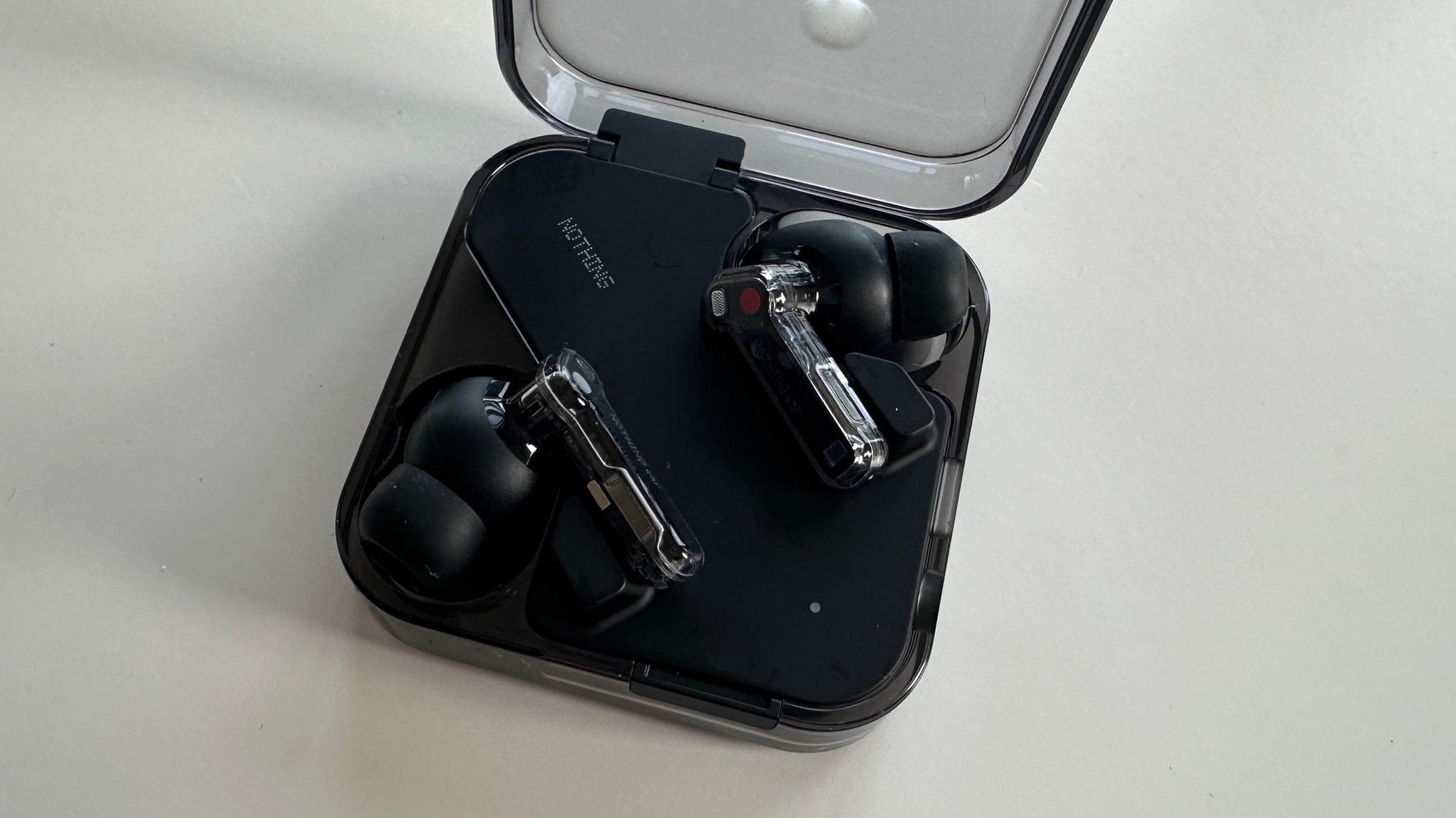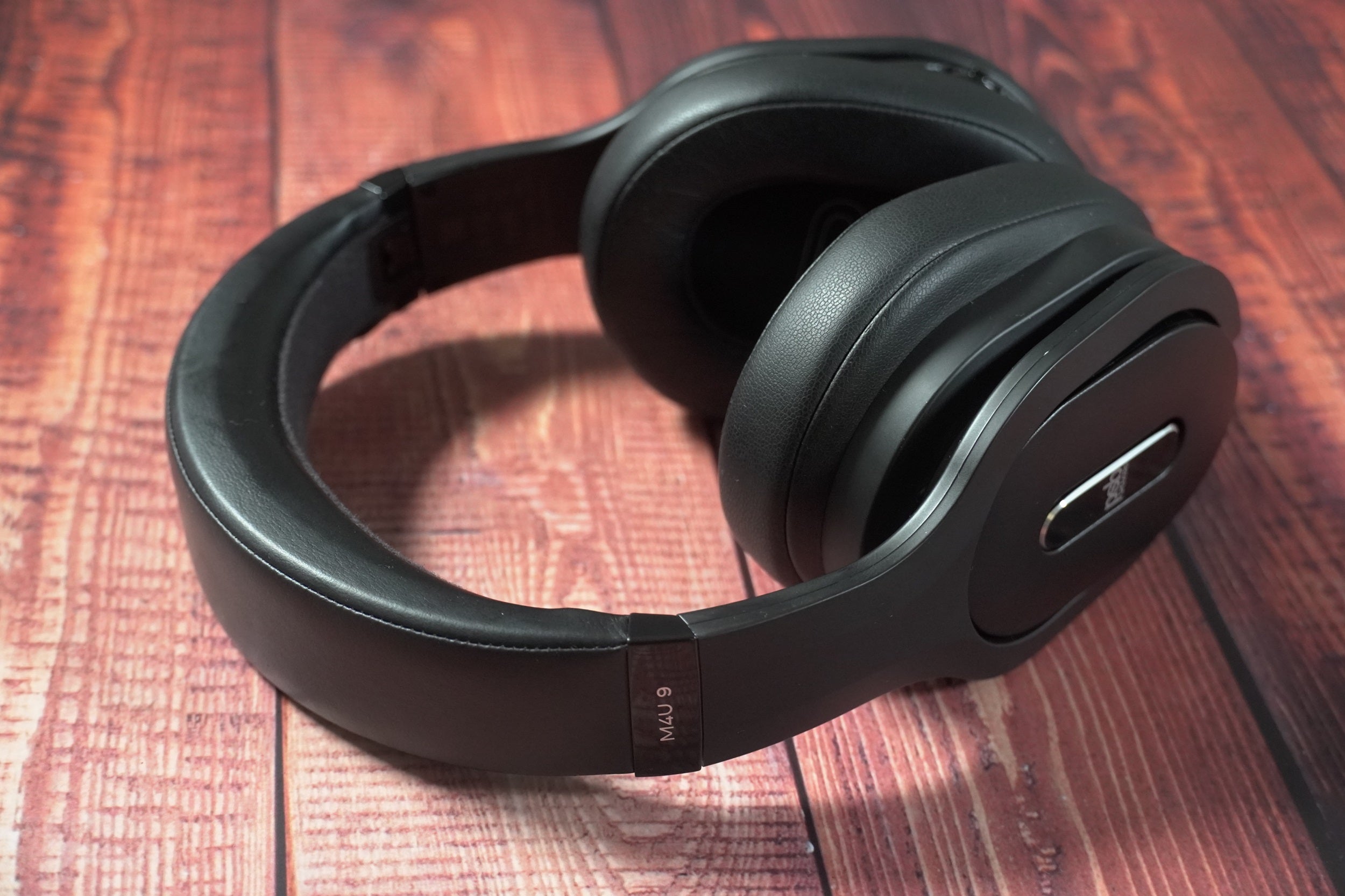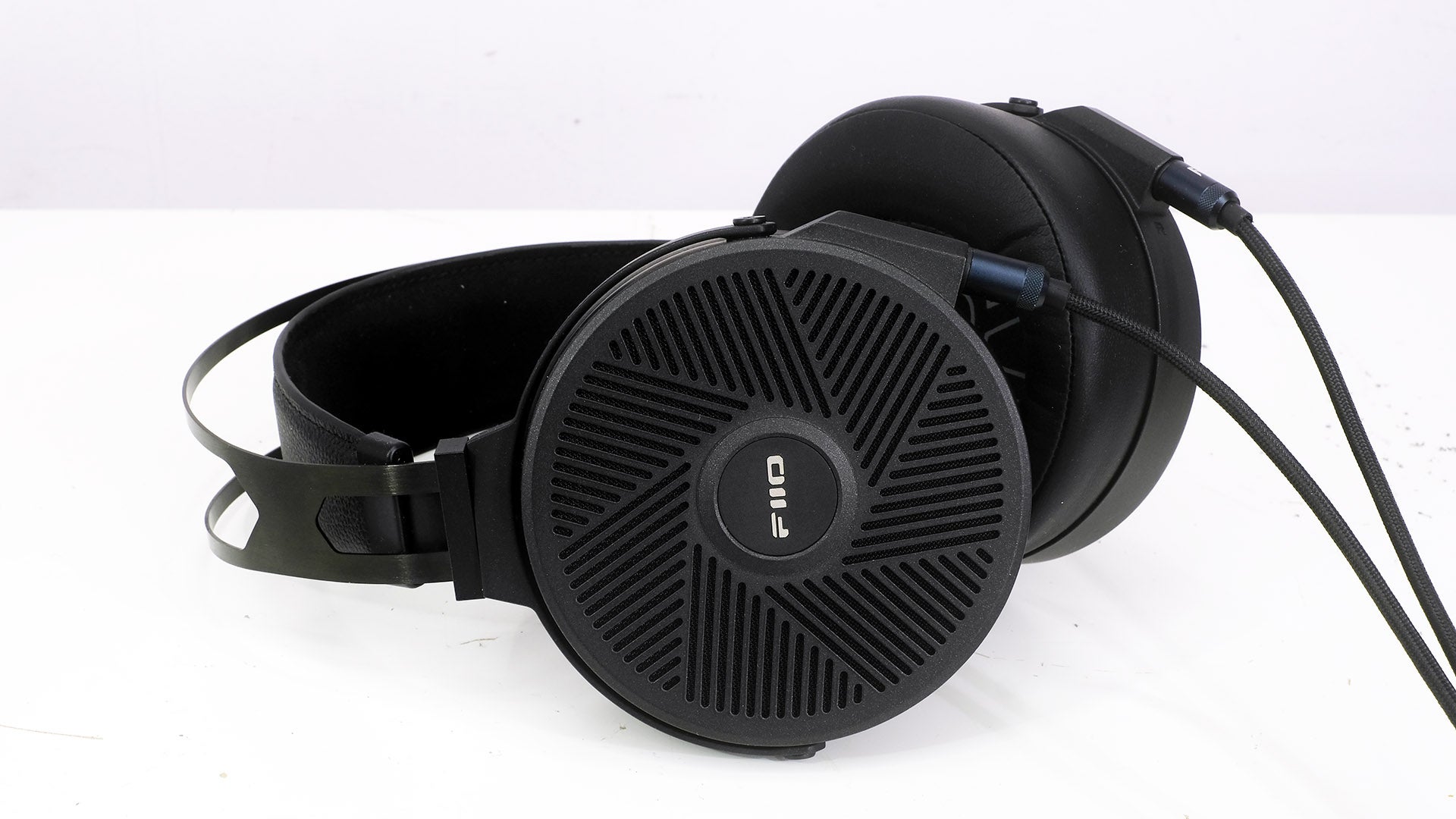Anker Soundcore Liberty 4 NC Review
Budget true wireless with flagship features
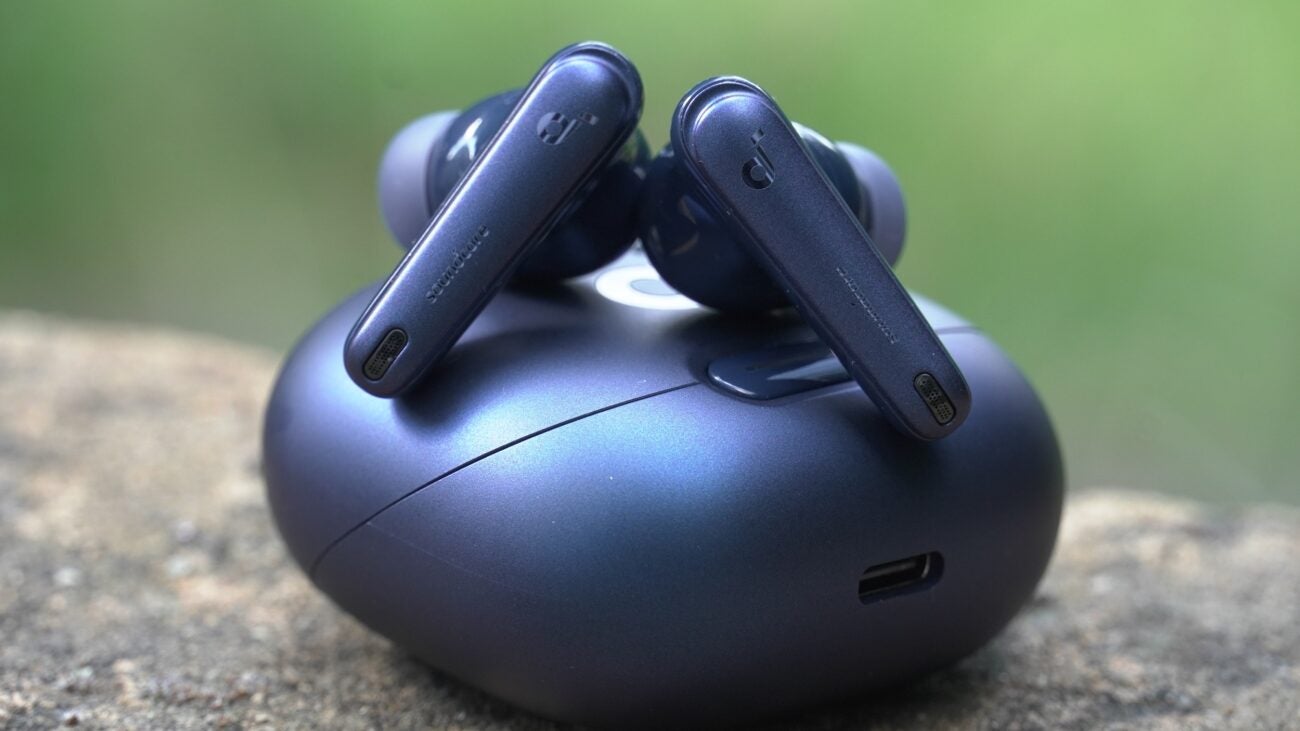

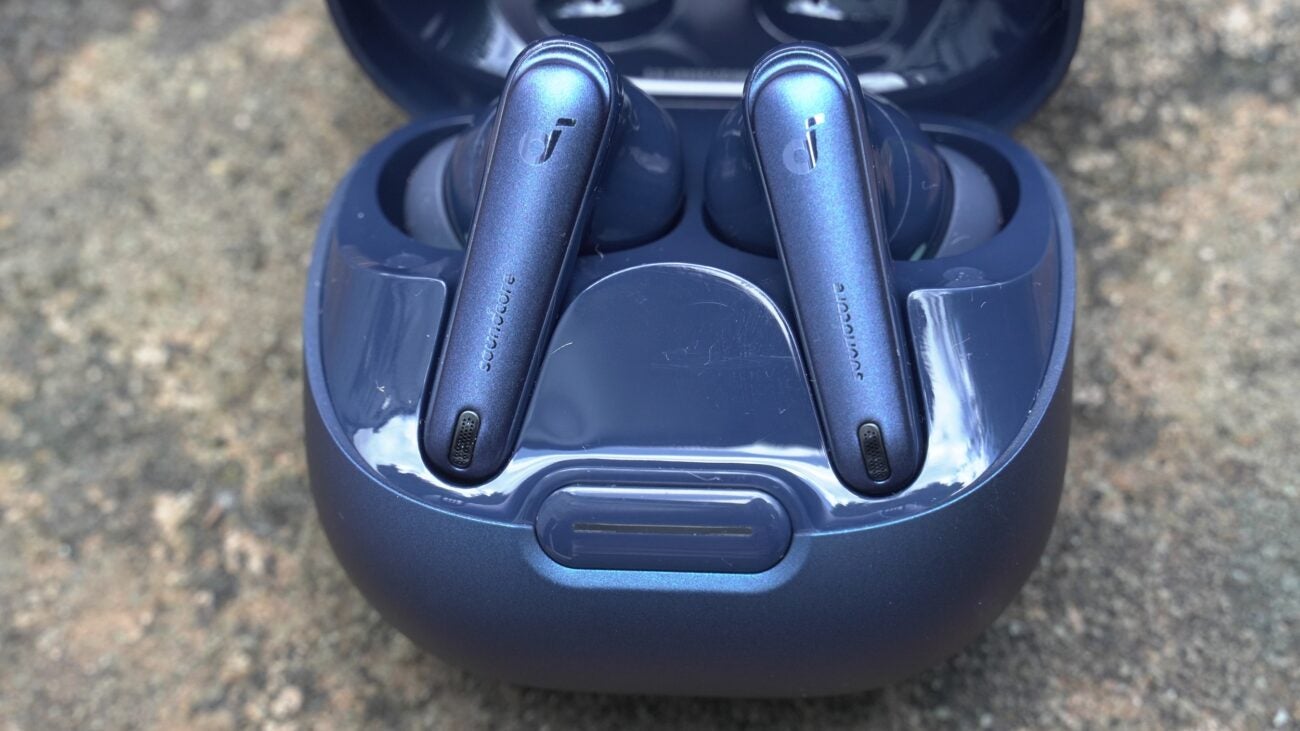
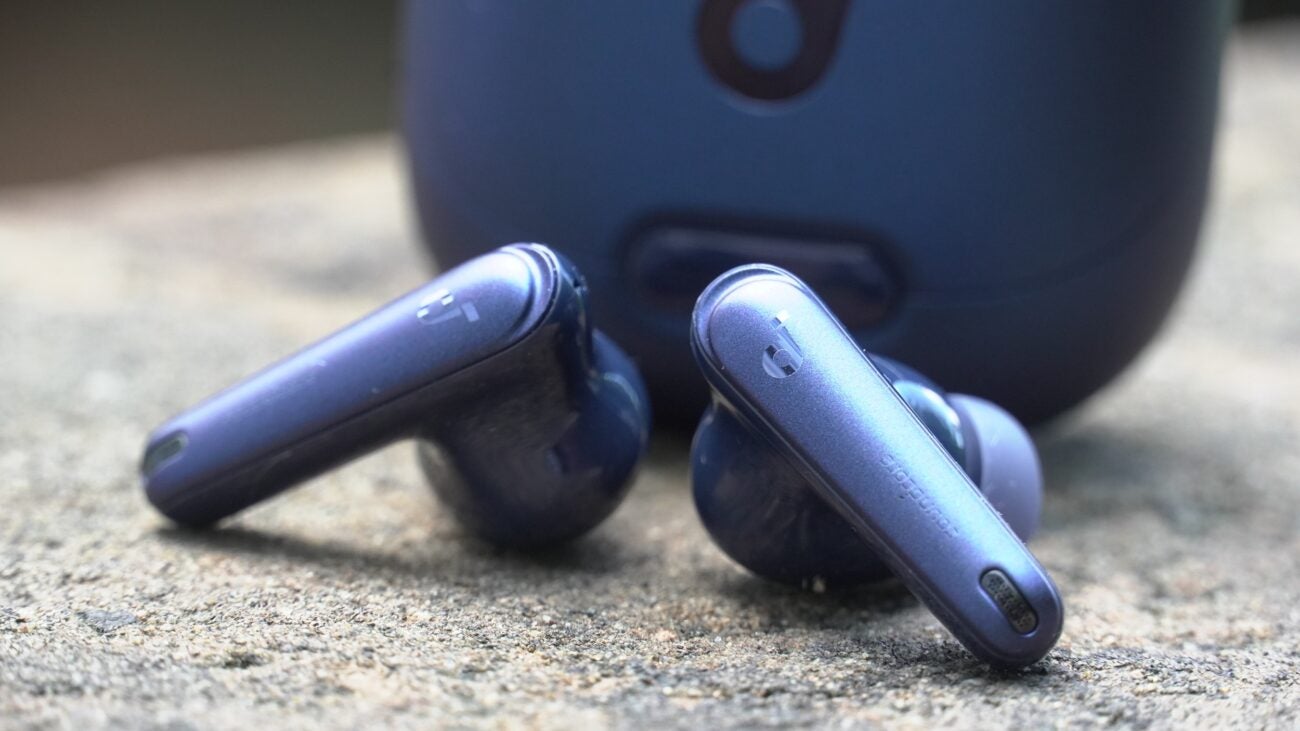


Verdict
An affordable true wireless with an impressive list of features that are similar to what you’d get from flagship true wireless models, the Anker Soundcore Liberty 4 NC is a jack of most trades. With strong noise-cancellation, clear audio, and plenty of customisation options, it’s among 2023’s most impressive budget true wireless earbuds.
Pros
- Strong noise-cancelling for the price
- Clear, detailed, balanced audio
- Impressive stack of features for the money
- Comfortable fit
Cons
- Battery not as extensive as Anker claims
- EarFun rival better for ANC
Key Features
- Bluetooth audioSupports SBC, AAC, and high-quality LDAC streaming
- Adaptive ANC 2.0Can suppress noise in real-time
- BluetoothBluetooth 5.3 and multi-point support for connecting to two devices simultaneously
Introduction
If you want noise-cancelling earbuds for an affordable sum, then these days you can get just that. True wireless such as the Anker Soundcore Liberty 4 NC are bringing noise-cancelling down to very affordable prices.
According to Soundcore, the brand behind the Liberty 4 NC, these are its best noise-cancelling true wireless with support for Adaptive ANC that claims to reduce noise by up to 98.5%.
It’s time to put these claims to the test. Are the Anker Soundcore Liberty 4 NC up there with the best affordable ANC earphones? Here are my thoughts.
Design
- Not the tightest fit
- Good comfort levels
- Responsive controls
The Anker Soundcore Liberty 4 NC takes on an immediately recognisable look with its stem design. The earbuds nestle in the ear, with a range of ear-tips from extra small to large to aid a comfortable fit and tight seal against outside sounds.
I did find the fit a bit loose – the Liberty 4 NC have a habit of pushing out when pushed in – so the seal wasn’t as tight and secure as I’d like it to be. The upside is that they are comfortable to wear, whether over short or long periods of time.
In appearance they’re like-for-like with the Liberty 4. Though they’re more overtly plastic in build quality, they’re a step-up from the usual cheap true wireless with their glossy look and anodized finish on the stem. Touch controls are located on the stem.

The controls are atypical of most true wireless operation: a prod for playback, two taps to skip forward/take calls (skip back on the left), and a hold to flit through the noise-cancelling modes. There’s no default volume control, but the triple press control is vacated so volume (or native voice assistance) can fill that gap via customisation in the Soundcore app.
The charging case opens like a clamshell with a LED indicator below to show how much battery is left (a long strip means lots of battery, a short strip means less). The size of the case is not as compact as, say, the JBL Live Pro 2, nor is it too big – it’ll slip easily into a pocket.
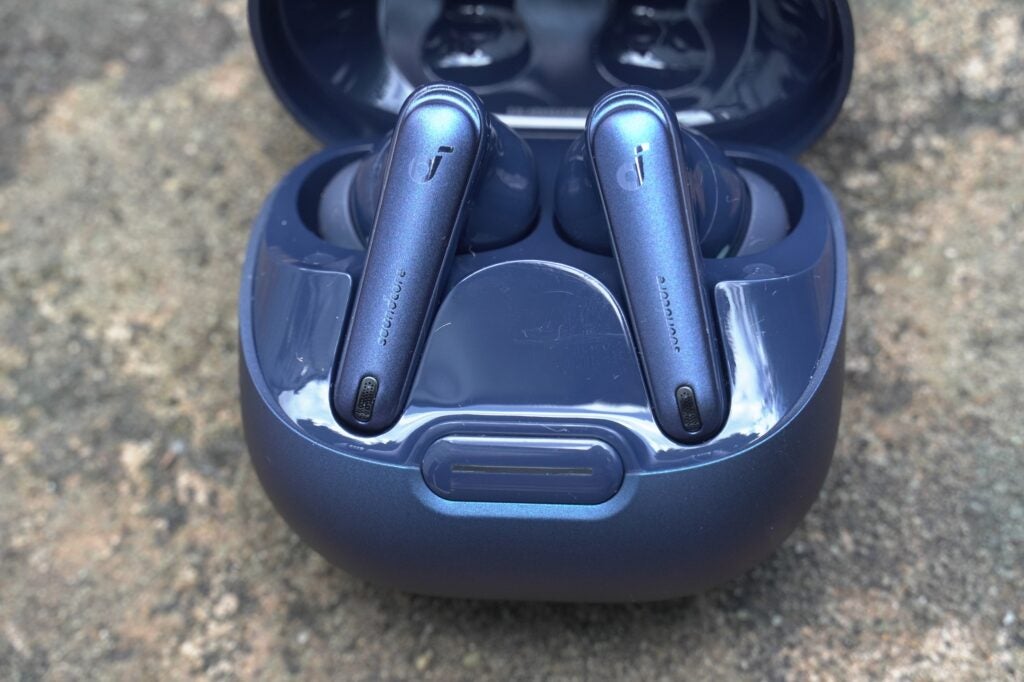
Available in black, white, navy blue, light blue, and pink, the Liberty 4 NC’s packaging uses 100% FSC-certified recyclable material, so it can be disposed of in the local recycling. Rated at IPX4, the Anker can survive light splashes of water/rain as well as sweat, so they’re a pair to consider for workouts too.
Features
- Strong noise-cancellation
- Battery life less than claimed
- Impressive array of features
Anker claims 10 hours per charge and 50 hours with the case, though that’s not the whole picture. The headline figure refers to listening without ANC. With ANC it falls to 8 hours (40 overall), and with LDAC and ANC Anker says it’s 5 hours (25 in total). From the tests I carried out, the Anker Soundcore Liberty 4 NC falls short.
Listening to a Spotify stream at 50% volume for an hour saw the Anker Liberty 4 NC fall to 80%. That indicates 5 hours with ANC on. In LDAC mode it was between 60 – 70%, which is about 3-4 hours before another charge is needed.
The Liberty 4 NC can be charged through USB-C or wirelessly charged if you have a Qi pad.

There’s Bluetooth 5.3 support, and with that comes SBC, AAC, and LDAC streaming codecs. The latter produces a fatter pipe for data to flow through to enjoy higher quality music. The ‘3X’ better detail headline on the Anker website is marketing hyperbole. The Bluetooth codec, as well as drivers and the tuning of the sound, is one of a few factors that’ll decide sound quality.
Bluetooth multipoint means the Anker can be paired to two devices at once, though this option isn’t available when the headphone is in LDAC mode. It takes about 10 or more seconds to swap to LDAC mode as the Anker must reboot.
The wireless performance of the Anker is solid. It hung on at a busy Waterloo station, the connection phasing in and out but never fully severed. At Victoria station no issues were observed, with only a couple intermittent stutters in places such as central London, Bankside, and London Bridge.

With its noise-cancellation, I don’t think it’s as effective as the EarFun Air Pro 3. The EarFun appears stronger at dealing with traffic, as it whittles down engine noise more efficiently, but the gap isn’t large.
When dealing with voices on a train they’re on a similar footing, and on the Northern Line tube the Anker did a good job of suppressing the noise of the carriage, though again the EarFun is a touch more convincing. I think this is to do with the EarFun’s tighter fit. There are areas the Anker matches the EarFun, but none in which it beats it hands down.
Elsewhere, the transparency puts in a clear performance with a selection of different modes to try out in Fully Transparent and Vocal Mode. The latter locks onto people’s voices a touch better if you want to have a conversation, though again, the EarFun’s transparency performance is more open and clearer.
The Anker Soundcore Liberty 4 NC boasts a very effective Wind Noise Reduction mode and there’s also plenty of ANC customisation whether through manual means, to adaptive noise-cancelling with an Environment Detection mode that mutes audio for two seconds while adjusting to external sounds. When I used it, it didn’t do anything, so perhaps leave it aside.
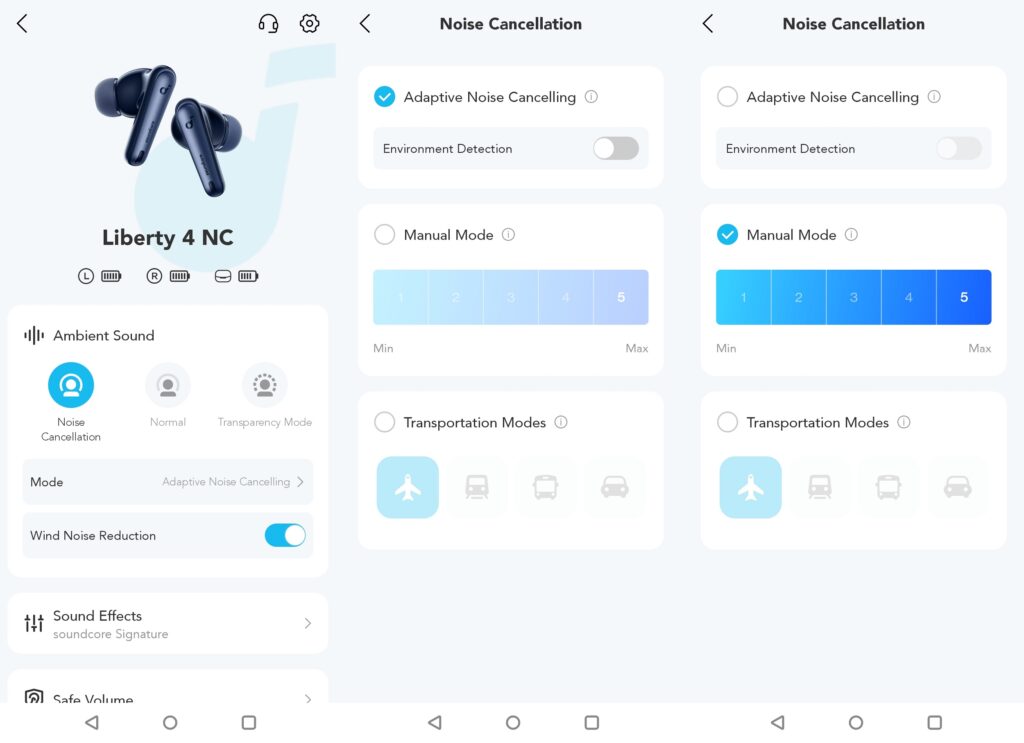
Within the comprehensive app, more customisation is available with a personalised function (HearID), default EQ (Soundcore Signature), Custom EQ (where you create your own) and 3D Surround Sound that opens up and widens the soundstage. I find this one reduces the impact of bass and makes music thinner.
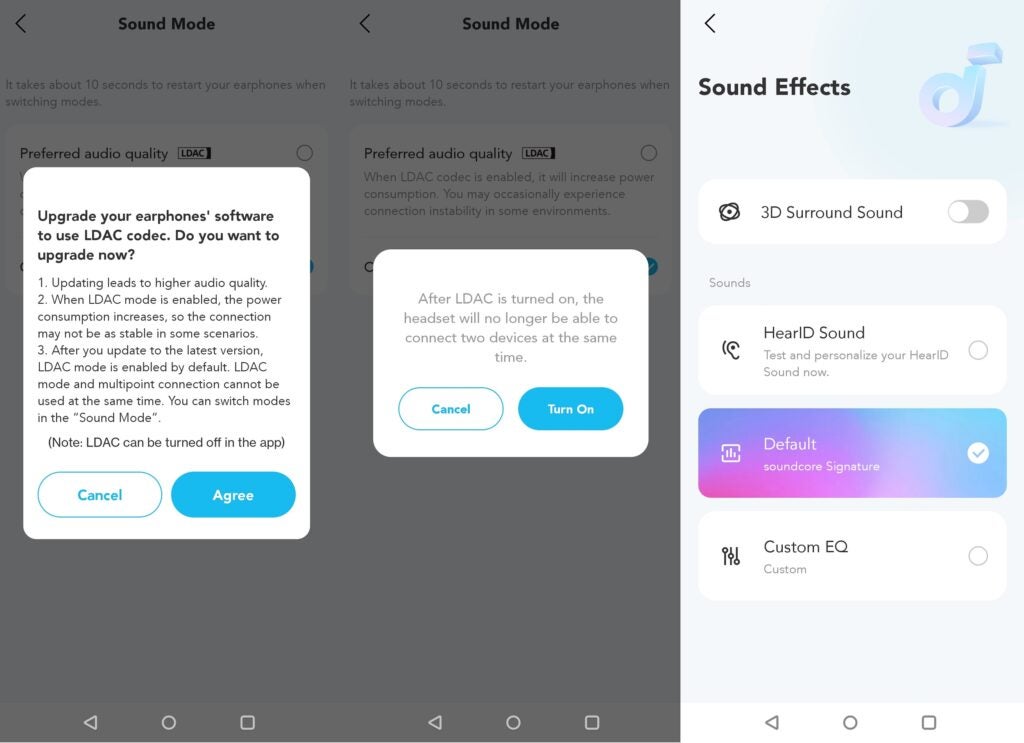
There’s a Fit Test to measure the earphones’ seal: a ‘Sound Leak Compensation’ mode to optimise audio quality, a wear sensor (which can be disabled), gaming mode, ‘Find Device’ setting, a Safe Volume function that tracks the headphones current volume in decibels, battery indicators, and firmware update.
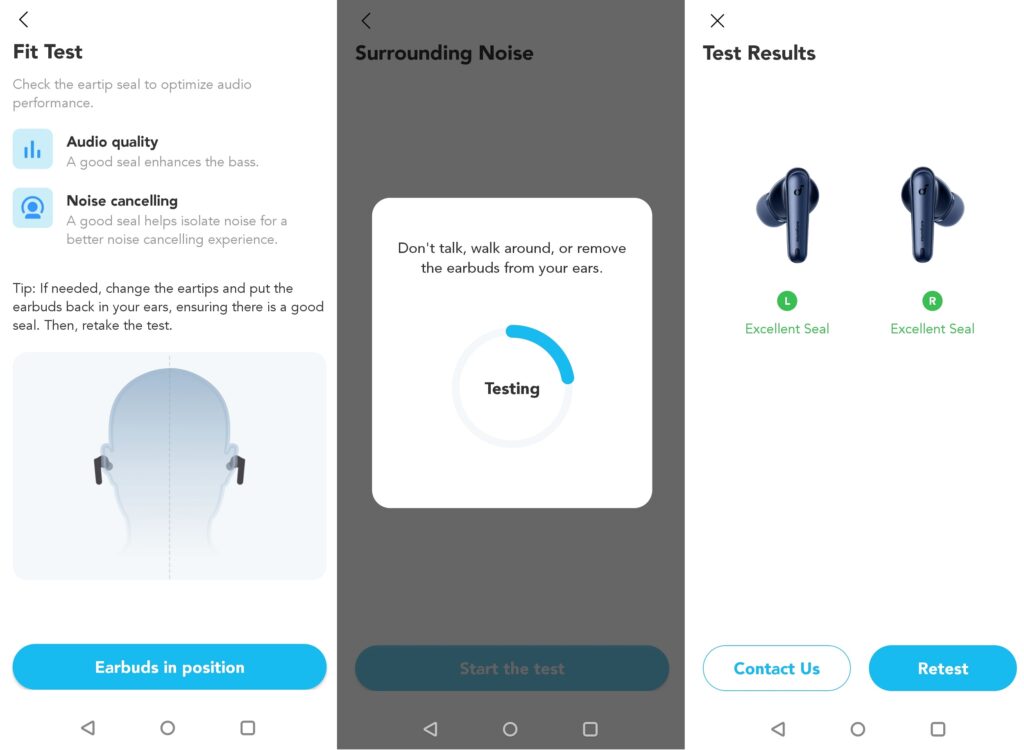
The app itself is simple and clear to traverse, as well as responsive. The wear sensor feature works, though I’ve noticed it doesn’t resume as often after it pauses.
Phone call quality has been muddled. Clarity can be muffled, the other person struggled to hear me in noisy places but when it is quiet, the Liberty 4 NC works fine. The quality here is average for a true wireless, though as the review was published, there was an update to improve call performance. I’ll try it out again and will revise the review if my opinion changes.
Sound Quality
- Clear, detailed, and balanced audio
- Decent dynamism
While the Anker Soundcore Liberty 4 NC falls short of the besting the EarFun’s noise-cancelling, it edges its rival for audio. They elicit more clarity from the midrange, with vocals that sound a touch more refined and detailed on the Anker.
The level of clarity afforded to the midrange reveals more of Annete Askvik’s vocals in Liberty, whereas the EarFun offers a blanket warmth and smoothness that obfuscates some of that detail. The atmospheric creaks and cracks that litter the song doesn’t sound as distinct or clear on the EarFun. The difference isn’t a chasm, but in terms of midrange clarity the Liberty 4 NC pull ahead.
They also prove to be more expressive-sounding of the two, capturing more of the low-level dynamism of the saxophone in the Liberty track for a more natural performance. The higher frequencies also register with more brightness and clarity.

In the midrange and treble, the Anker retrieves more detail and defines instruments and voices with more precision, making the Air Pro 3 a little dusty and dull by comparison.
And the Anker applies its balanced tone to all tracks I listen to, whether it’s Dr Dre/Snoop Dogg’s The Next Episode, War’s Low Rider, or a pop track like Girls Aloud’s The Promise. There’s an even-handed feel to the Liberty 4 NC’s performance that ensures the entire frequency range is provided with clarity and detail, each part of the frequency range feels separate from one another, whereas with the EarFun bass can end up occupying the attention.
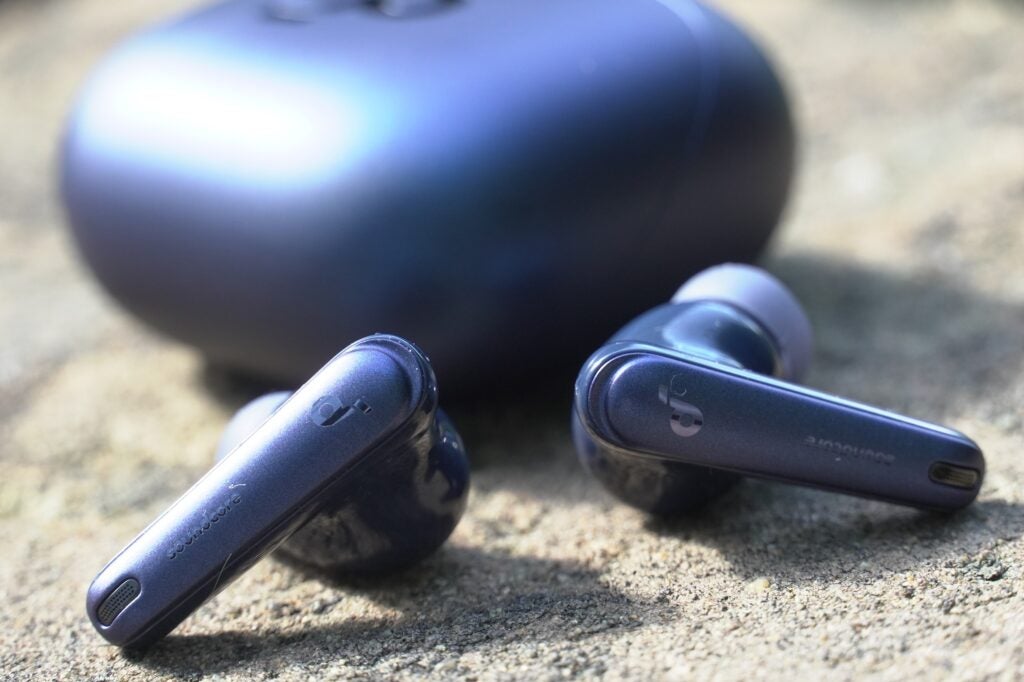
The low frequencies never hog proceedings. A listen to DMX’s X Gon’ Give It To Ya reflects that balance, the bass described in detailed and varied terms from the small drumbeats to the bigger, boomier beats that follow. There’s good weight and decent depth provided, though this is an area where the EarFun boasts more muscle.
Switch to LDAC mode and the benefits aren’t massive. There’s perhaps a little more bass weight, but the midrange and high frequencies remain similar. Regardless of whether you’re listening in AAC, LDAC or SBC Bluetooth, the soundstage is spaciously portrayed, and while the Liberty 4 NC’s presentation is not the most dynamic, it’s solid enough in capturing the crescendos and falls of music.
Latest deals
Should you buy it?
For flagship features at a low price: There’s quantity and quality with the feature set the Liberty 4 NC offers, and at £79.99 it’s approaching bargain status.
If you want better noise-cancelling: Though the EarFun Air Pro 3 doesn’t sound as good as the Anker, they do boast better noise-cancelling for a slight increase in price.
Final Thoughts
There’s a growing number of affordable ANC true wireless to choose from, and the Anker Soundcore Liberty 4 NC makes its mark as one of the more impressive options.
Though the noise-cancelling isn’t as good as the EarFun Air Pro 3, I’d say it edges that pair with its clearer, more detailed audio performance. After all, the audio is the main reason to buy headphones.
It is stacked with features and customisation options that I’d expect from a flagship pair, like the Sony WF-1000XM5. A negative is that battery life isn’t as good as stated. Nevertheless, this is an impressive, budget true wireless option from Anker. Check out our Best Wireless Earbuds guide for more options.
How we test
We test every set of headphones we review thoroughly over an extended period of time. We use industry standard tests to compare features properly. We’ll always tell you what we find. We never, ever, accept money to review a product.
Find out more about how we test in our ethics policy.
Tested over several weeks
Battery drain performed
Compared to the competition
Tested with real world use
FAQs
Anker claims the Liberty 4 NC boasts its best noise-cancelling performance, as well as claiming longer battery life and a more affordable price than the Liberty 4 model.




